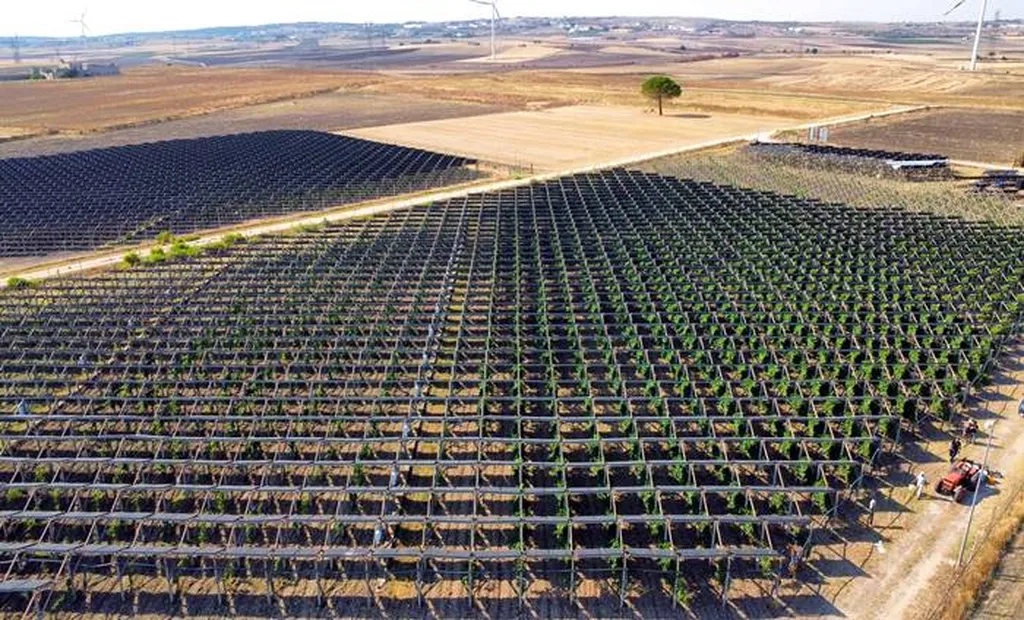In the sun-drenched landscapes of Southern Italy, a groundbreaking project is redefining the future of sustainable agriculture and renewable energy. The “Borgo Monteruga” agrivoltaic project, a pioneering venture that intertwines olive cultivation with solar power generation, is setting new standards for efficient land use and climate resilience. At the heart of this innovation is a meticulous microclimatic analysis, led by Elisa Gatto of the Order of Biologists of Puglia and Basilicata, which promises to enhance both agricultural yields and solar energy production.
Agrivoltaic systems (AVs) are not new, but the Borgo Monteruga project stands out for its proactive approach to optimizing microclimatic conditions. By integrating high-density olive groves with solar trackers and fodder or medicinal crops, the project aims to maximize productivity while minimizing environmental impact. “The key to our success lies in understanding how photovoltaic modules influence the local microclimate,” explains Gatto. “This knowledge allows us to fine-tune the layout of our AVs to reduce shading on crops and boost the efficiency of both agricultural and solar energy production.”
The project’s impressive specifications—featuring double-sided 600 W photovoltaic modules and a 50 MW storage system—highlight its ambition to scale up sustainable practices. The peak power capacity of 291.33 MWp underscores the potential for AVs to contribute significantly to the energy sector. However, the true innovation lies in the use of advanced computational fluid dynamics (CFD) modeling to analyze microclimatic parameters such as solar radiation, air and soil temperatures, wind speed, and groundwater retention.
“This research is a game-changer,” says Gatto. “By leveraging CFD modeling, we can predict and mitigate the impacts of climate change on our AVs, ensuring their resilience and productivity. It’s not just about adapting to change; it’s about staying ahead of it.”
The implications for the energy sector are profound. As the world grapples with the need for sustainable land use and renewable energy solutions, the Borgo Monteruga project offers a blueprint for integrating agriculture and solar power. The insights gained from this research could revolutionize the planning and design of AVs, making them more efficient and adaptable to diverse environmental conditions.
Published in the “AgriVoltaics Conference Proceedings,” this study sets a new benchmark for sustainable agricultural practices. It underscores the importance of tailored monitoring systems and innovative strategies to ensure the resilience and productivity of AVs in the face of evolving environmental challenges. As the energy sector continues to evolve, the lessons learned from the Borgo Monteruga project will undoubtedly shape the future of agrivoltaic systems worldwide.

